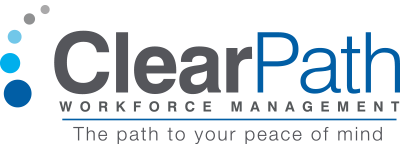As businesses find themselves facing workforce reductions and offering early retirement packages, they may be confronted with the need to fill the knowledge gap that occurs when an employee is no longer with the company. Where it may be attractive for the business to hire the ex-employee back as an independent contractor (1099), there are a number of factors to consider to avoid making a financially costly mistake.
If someone previously worked for the company, even if it was a significant number of years before, and is hired back as an independent contractor to do the same work they did as an employee (W-2), the company could be liable for misclassifying a worker, resulting in fines, legal fees, back wages, taxes, and benefits.
Let’s take a look at a couple of examples where a company may put itself at risk.
Early Retirement Packages
Sally was offered, and opted in for, an early retirement package. After the retirement effective date, the company reached out to Sally. They determined that while they were looking for a backfill for her skill set, they wanted Sally to come back as an independent contractor to help maintain continuity. They planned for Sally to return until a replacement could be identified.
Sally accepted and returned as a 1099 and was performing the same tasks she was doing previously. She still had access to use the company email address, carried the same title she had as an employee, and represented the company when meeting with clients and making decisions. The only thing that changed was, now on paper, Sally was paid as a 1099 versus a W-2.
In this scenario, the company opened itself to exposure of misclassifying Sally, even though the intent was for her to be in this role temporarily.
Hired to Different Department but Same Role
George was part of a workforce reduction that eliminated his role as a graphics designer in the Marketing Department of the Large Appliance Division. Following his separation from the company, the Marketing Department in the Small Appliance Division was in need of a graphics designer. George applied and was hired on as an independent contractor. Although he was working in a different department, his role and duties were exactly the same as they had been when he worked previously for the company.
Even though George worked for a different department, he was performing the same role and therefore the company put itself at risk for misclassification.
Risks You May Face
In both these scenarios, the companies had valid reasons for re-engaging Sally and George, but it is important to correctly classify the employee or risk a large financial impact.
Renee Fink, CEO of ClearPath Workforce Management, says, “For every dollar a business pays out to a 1099 who should have been hired as a W-2, it is estimated that they will have to pay an additional 75% or $.75 for taxes, penalties, and interest. That doesn’t even include the benefits the W-2 should have been receiving, including health and life insurance, retirement benefits, including 401K plans and company matching, profit sharing or, if a public trading company, stock purchase plans.“
Steps to Protecting Your Business
To avoid the liability, businesses have a few options. The easiest, but not always the most desirable to the company, is to hire the worker as a W-2. Another option is to engage a third party, who can pay the worker as a W-2.
Workforce management companies such as ClearPath become the legal employer for the worker, and own the responsibility of meeting Federal, State, and City compliance, including offering insurance, paid sick leave, if required by the City or State, and verifying the adherence to minimum wage and other wage and labor regulations.
ClearPath CEO Renee Fink says, “Engaging a company like ClearPath as the Employer of Record puts the burden on us, so the business can focus on their business, instead of managing workers.”
Having employees return to your business can be a positive and necessary step, but it’s essential to ensure you’re following the employee classification guidelines.
Want to learn more about how to avoid misclassifying an employee, or interested in using ClearPath to manage your workforce? Contact ClearPath.
- Written by: Karen Baldock
- Posted on: February 5, 2018
- Tags: 1099 Worker Classification, SMB WORKER MISCLASSIFICATION, W-2 Worker Classification, Workforce Classification

